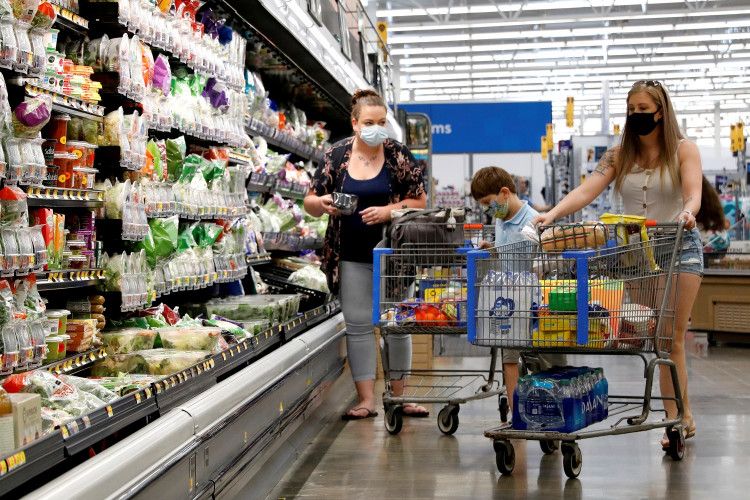The US economy maintained steady growth in the first quarter of the year, primarily driven by robust consumer spending. However, the momentum seems to have slowed down recently as the impact of higher interest rates takes hold. The Commerce Department's forthcoming GDP report is expected to reveal that the economy is not near a recession, but the landscape has transformed significantly.
The Federal Reserve's rapid rate hiking cycle and tightening credit conditions have increased the chances of an economic downturn by the second half of the year. "A lot of the first quarter is just kind of a previous chapter of the economy because now we're into the post bank tensions world," said Will Compernolle, macro strategist at FHN Financial in New York.
A Reuters survey of economists predicts that GDP growth increased at a 2.0% annualized rate in the first quarter, following a 2.6% increase in Q4. The growth rate remains above the economy's potential, keeping the US central bank on track to raise interest rates by 25 basis points next week.
While consumer spending growth in Q1 is expected to surpass the modest 1.0% rate of Q4, the labor market, characterized by a 3.5% unemployment rate, continues to support it. However, reduced access to credit for businesses and households could negatively impact demand and ultimately employment.
Business investment in equipment is expected to have contracted for two consecutive quarters due to higher borrowing costs, which have limited demand for goods. The housing market, meanwhile, is likely to remain in recession, with residential investment predicted to contract for an eighth consecutive quarter.
Nevertheless, some economists argue that recession fears are driving down commodity prices, such as oil, which could help reduce cost pressures for businesses and benefit the overall economy. "The reduction in commodities and energy prices will be sufficient to keep us from falling into a recession," said Brian Bethune, an economics professor at Boston College.






